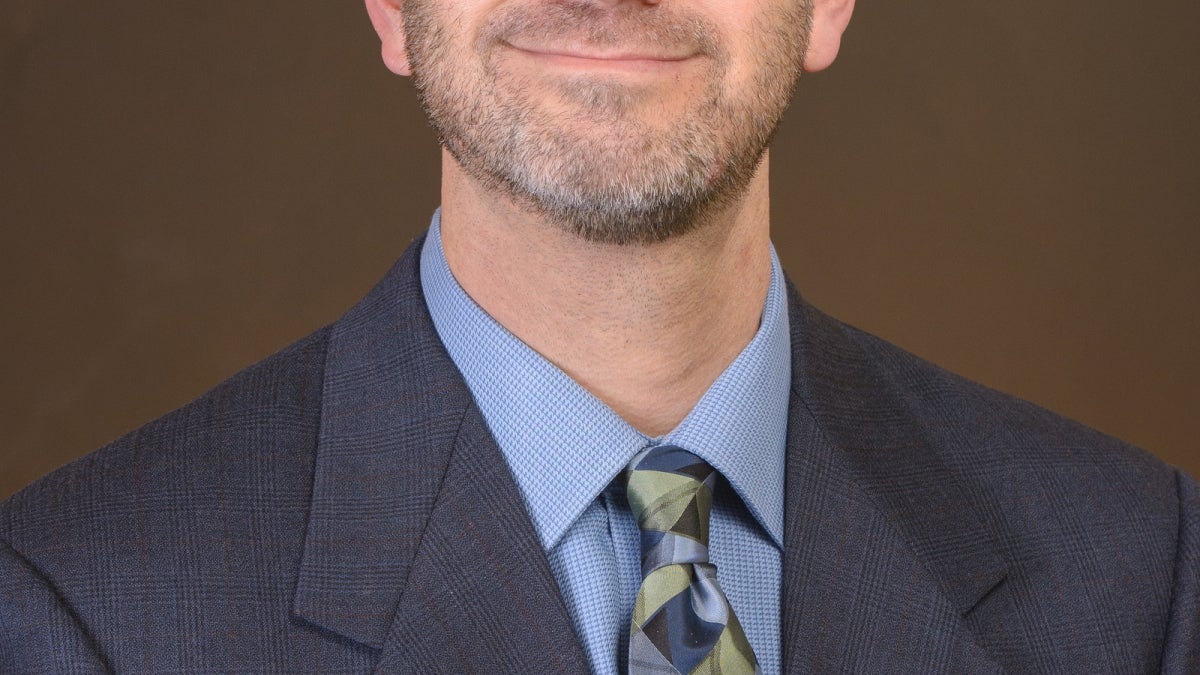Putting a price on nature, literally

Arizona State University economist and sustainability professor Joshua Abbott.
We know that nature is valuable, but how does this value compare with other assets? Not as lumber or drinking water or a fancy dinner, but as standing forests, healthy aquifers or living organisms — what is the dollar value of this natural capital?
Arizona State University economist and sustainability professor Joshua Abbott can calculate an answer. Abbott — with lead author Eli Fenichel of Yale and colleagues from California State University at Chico, Michigan State University and the National Oceanic and Atmospheric Administration — published findings on such values Feb. 8 in the Proceedings of the National Academy of Sciences.
The research team developed an interdisciplinary equation to estimate the current monetary value of natural resources, like groundwater, before it is pumped to the surface and used.
To calculate the value of natural capital, you start with the same economic principles used to value traditional assets, then factor in changes in ecosystems and human behavior that influence the appreciation or depreciation of that natural resource, Abbott explained. The result is a figure that can be compared on a balance sheet with traditional assets like real estate, factory machinery and infrastructure.
“Without an apples-to-apples valuation approach, the value of natural capital cannot be measured against other assets and expenses,” Abbott said. “Our work can help governments and businesses track the sustainable use of natural resources.”
The authors’ quantitative framework enables the valuation of natural capital in a way that is grounded in economic theory, accounts for biophysical and economic feedbacks and can guide interdisciplinary efforts to measure sustainability.
To illustrate their framework, the authors applied it to the value of groundwater in the Kansas High Plains Aquifer. The aquifer is rapidly depleting as farmers use the water to support food production.
Over the decade of 1996 to 2005, according to the authors’ calculations, Kansas lost approximately $110 million per year (2005 USD) of capital value. By depleting groundwater and changing the way they managed the aquifer, Kansas created an annual loss in wealth approximately equal to the state’s 2005 budget surplus.
“Without a calculation like ours, policy makers would lack critical information about how food production impacts our water wealth,” said Abbott.
“Kansas can improve the sustainability of its agricultural system through careful groundwater management, such as policies that truly foster water-efficient agriculture, and investments in other natural and traditional assets to help offset its lost water wealth,” said Yale’s Eli Fenichel.
Globally, groundwater supports 40 percent of the world’s food production. Abbott says the framework they have published would apply to any groundwater supply, not just the Kansas aquifer. It can also be applied to other natural resources.
Previously, the authors calculated the value of fish in the water as compared to fish sold at market.
The authors’ framework can help policy makers develop better measures of local, regional or even national sustainability — a need expressed by prominent agencies such as the World Bank and United Nations Environment Programme.
“Sustainability is ultimately about making sure that the portfolio of assets we give future generations — including natural capital, but also our knowledge and physical infrastructure — is at least as valuable as the one we inherited,” Abbott said. “Our research helps us do a better job of bringing nature into the balance sheet of society, so that policy makers and business leaders can do a better job of evaluating trade-offs.”
More Health and medicine

What makes human culture unique?
Why is human culture — the shared body of knowledge passed down across generations — so much more powerful than animal cultures?“…

ASU honors students work on HPV research as part of Barrett College's largest-ever group thesis
Not every undergraduate student comes across the opportunity to do research as part of a team. Even fewer have had the chance to…

College of Health Solutions alumnus named Military Medic of the Year
By Keri Hensley and Kimberly LinnJonathan Lu has looked out for the health of his fellow military service members his whole…